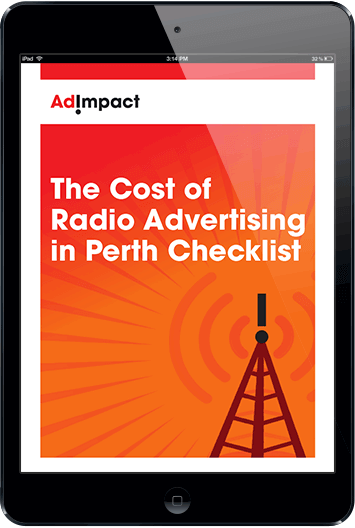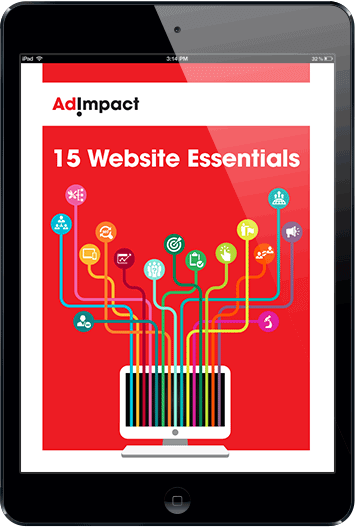With the results of the recent Perth radio survey (5/2013) out, which saw a very rare situation of a tied Number 1 position for 96fm and 94.5, we thought we would look at radio in more detail, in particular Digital Radio.
So what is Digital Radio? Well for some people they believe it is the digital screenplay. In fact it’s a whole lot more than that. Digital Radio provides the listener with more choices of stations to listen to than the usual FM band (up to 22 digital only stations).
Another really cool feature is scrolling text (or radio text). Because digital radio comes with a small screen it allows content to be displayed in regards to the program you are listening to. This can include the plot summary to what is being played, the name of the track, up to the minute sports results, competition details, or details on what’s coming up next.
But as you would expect with digital, the quality means a clearer sound, because it is not subject to normal atmospheric or electrical interference. This means no hiss, crackling, fading or overlaps. Just great radio, as long as you are in the coverage area!
With Digital Radio your tuning is done by station name, not frequency, which makes it easier to find your favourite station just by choosing on the text display. There are a number of different ways to receive Digital Radio.
- In your Car (Digital Car Radio)
- Online (Digital Radio Online)
- On your phone
The technology of Digital radio receivers means that you don’t need to bother retuning to the station. The Digital Radio stations broadcast differently but the receiver does all the work, so you don’t need to retune on the move, finding the best signal every time.
Digital Radios are now able to Pause; Record and Rewind live radio and even broadcast slide images. This means you’re in control. In the near future we will be able to download music direct to the radio’s memory and Electronic Program Guides.
Finally the best thing about Digital Radio (unlike Digital TV) is that it’s free to receive the signal! So if you don’t have a Digital Radio, maybe now’s the time to seriously consider it. Look at some Digital Radio reviews to find out which is the best digital radio in Perth (or wider Australia) today!
If you would like to obtain a guide for radio media and production costs in Perth, then download our Checklist below:

Free eBook
Fill in the form below to download the free eBook














